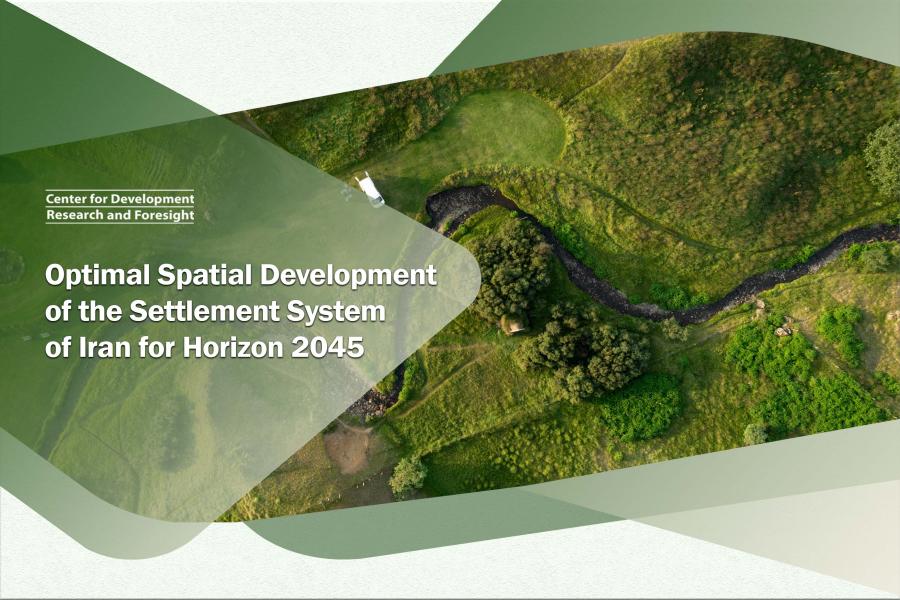
-
بررسی آییننامهها و دستورالعملهای برنامه هفتم پیشرفت
-
بررسی عوامل موثر بر افزایش تصادفات و تلفات جادهای و سوانح رانندگی و دادهکاوی تلفات انسانی
-
سازماندهی و بازآرایی فضایی آموزش عالی کشور
-
به روز رسانی سند ملی آمایش سرزمین
-
انجام مطالعات مناطق آزاد به عنوان نواحی پیشران اقتصادی کشور
-
اصلاح ساختار بودجه و پیاده سازی نظام یکپارچه مدیریت اطلاعات مالی دولت (IFMIS)

Space is the domain where all economic, political, social, and cultural relations of humans and the platform for all human activities are manifested and transformed. This domain is influenced and shaped by geographical, cultural, economic, and social characteristics and conditions. Throughout history, human civilizations have resulted in the formation of a specific type of space and settlement system organization of different ethnic groups and nations with diverse origins. However, these transformations, which occurred very slowly in the past, have had a very rapid and significant impact on spatial effects in recent centuries. Various factors, such as industrial revolution, economic, social, cultural, and political dependencies, modernist thinking, non-principled imitation of western models, and so on, have caused complex and significant transformations in the spatial organization of settlements in many developing countries, including Iran. These transformations have turned the traditional settlement system with particular laws into a polarized, multi-dimensional, unbalanced, ineffective, heterogeneous, and backward space over several decades. The centralized and hierarchical spatial organization, uneven distribution of population, activity, and infrastructure on the land, lack of interconnected networks in the form of urban regions, limited competitiveness and role of intermediate cities in the country’s urban network, non-alignment of the country’s spatial development policies with regional expertise and advantages, and the new phenomenon of population concentration in metropolitan areas have become the main issues of spatial disparities in Iran.
To address these issues and achieve desirable land balance, new approaches must be considered for the spatial organization of Iran’s land. Polycentric, multi-level, and multi-functional spatial development based on a network is a dynamic pattern that contrasts with the centralized spatial organization. By directing and organizing social, economic, and functional interactions, dynamic, organized, and effective relationships can be created for regional spaces. In the network approach to urban and regional planning, the root of urban system problems and deficiencies is not only focused on the city but also on the functional region and its surrounding areas. This approach considers the city and its surrounding region as an integrated and related whole, shaping and directing the actions and reactions that exist between its different points. From this perspective, it is expected that the detrimental effects of an imbalanced relationship between the center and the periphery and the drawbacks of polarization are addressed. Each of these spaces should fulfill their defined roles and functions based on their capacities, potentials, and capabilities. Additionally, they should be aware of the existing limitations and constraints. By doing so, the regional ensemble can fulfill its responsibilities at the national level.
This spatial approach to spatial development planning, called the multi-level polycentric network spatial organization has been proposed as the intellectual basis for balanced and equitable land development in Iran’s National Land Use Plan in 2045. Due to the novelty of the concept of multi-level polycentric network spatial organization it is essential to review the related concepts and foundations and provide a scientific basis. In the first section of this report concepts such as space spatial structure and organization polycentric network spatial organization city-region and polycentric spatial development were discussed. In the second section of the report the role of multi-level polycentric network spatial organization in Iran’s land development was investigated.



